The Secret to Sustainability in kitchen gardening practices:
K-kitchen gardening sustainability
Introduction:
Kitchen gardening sustainability refers to the practice of cultivating edible plants in a manner that minimizes environmental impact and promotes long-term viability.

kitchen gardening sustainability encompasses a range of eco-friendly techniques to conserve resources, enhance soil health, and foster biodiversity within the garden ecosystem.
Sustainable gardening practices prioritize the use of natural materials, such as compost and organic fertilizers, over synthetic chemicals, and prioritize water conservation and waste reduction.
By embracing kitchen gardening sustainability, individuals can contribute to environmental stewardship while enjoying the benefits of fresh, homegrown produce.
Why it’s important?
Composting in the Kitchen Garden
Composting is a cornerstone of kitchen gardening sustainability, offering numerous benefits for both the garden and the environment.
Here’s a look at why composting is essential and how to get started:
Benefits of Composting:
1. Nutrient-Rich Soil:
Compost enriches the soil with essential nutrients, such as nitrogen, phosphorus, and potassium, promoting healthy plant growth and vitality.
2. Improved Soil Structure:
Compost helps improve soil structure by increasing its ability to retain moisture and nutrients, as well as enhancing drainage and aeration.
3. Reduced Waste:
Composting diverts organic waste from landfills, reducing methane emissions and contributing to waste reduction efforts.
4. Cost Savings:

By creating compost from kitchen scraps and yard waste, gardeners can reduce the need for store-bought fertilizers and soil amendments, saving money in the long run.
How to Start Composting:
- Choose a Composting Method:
Decide whether to use a compost bin, pile, or tumbler based on space availability and personal preference.
- Collect Organic Materials:
Gather a mix of “greens” (nitrogen-rich materials like fruit and vegetable scraps, coffee grounds, and grass clippings) and “browns” (carbon-rich materials like leaves, straw, and newspaper).
- Layer Materials:
Alternate layers of greens and browns in your compost pile to maintain a balanced carbon-to-nitrogen ratio.
- Provide Aeration:
Turn or mix the compost pile regularly to introduce oxygen and speed up decomposition.
- Maintain Moisture Levels:
Keep the compost pile moist, like a wrung-out sponge, to facilitate decomposition without becoming waterlogged.

Mulching for Soil Health
Mulching is a gardening practice that involves covering the soil surface around plants with a protective layer of material.
This material, known as mulch, can be made from various organic or inorganic substances.
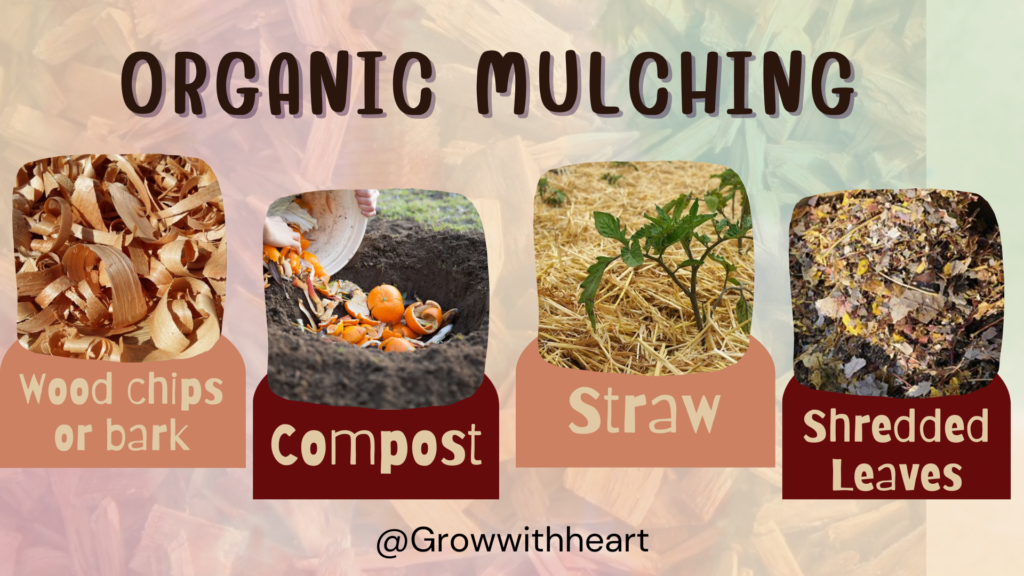
Mulching is a vital practice in sustainable gardening that offers numerous benefits for soil health and plant growth.

Let’s explore the advantages of mulching in the kitchen garden:
Benefits of Mulching: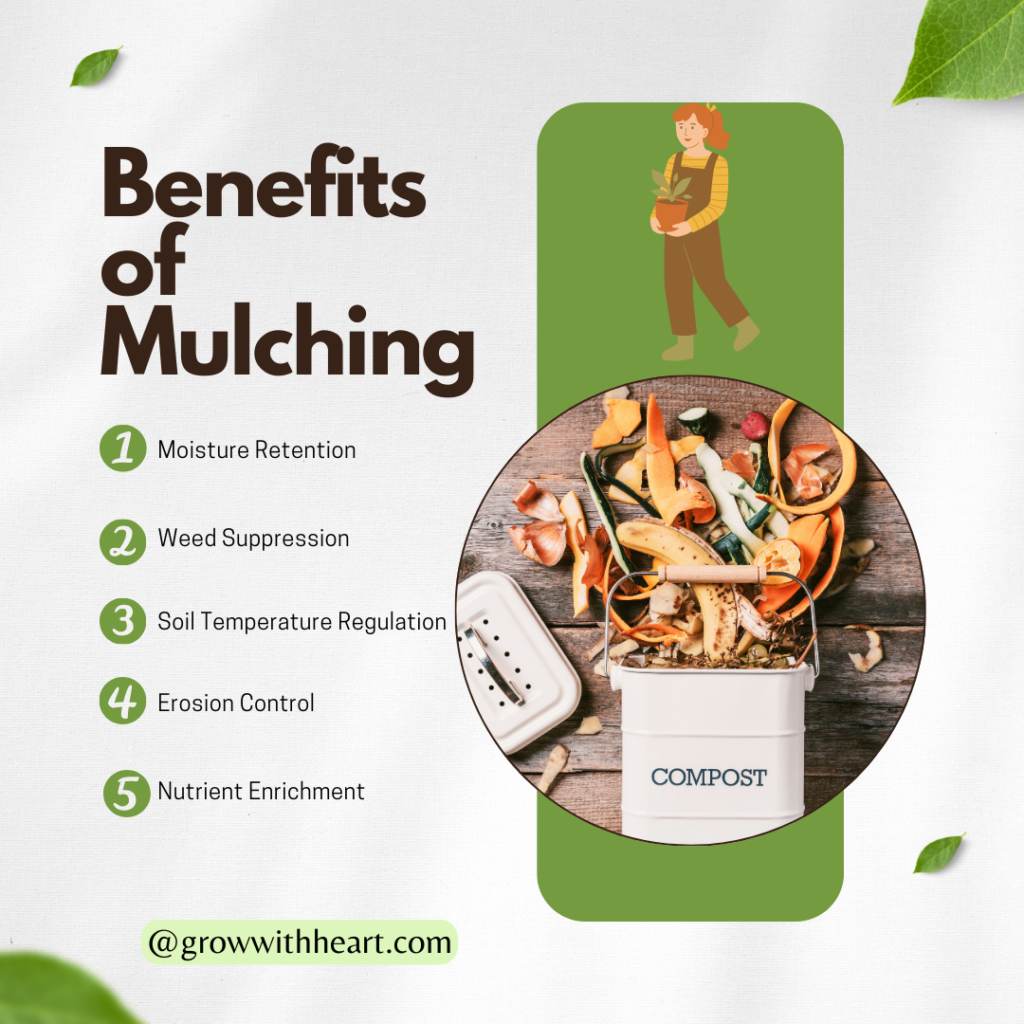
Moisture Retention:
Mulch acts as a protective layer, reducing water evaporation from the soil surface and helping to maintain consistent moisture levels, especially during hot and dry periods.
Weed Suppression:
A thick layer of mulch inhibits weed germination and growth by blocking sunlight and preventing weed seeds from reaching the soil.
Soil Temperature Regulation:
Mulch insulates the soil, keeping it cooler in summer and warmer in winter, which creates a more stable environment for plant roots.
Erosion Control:
Mulch helps prevent soil erosion by reducing the impact of raindrops and wind on bare soil surfaces, thus protecting soil structure and fertility.
Nutrient Enrichment:
Some types of organic mulch, such as compost or shredded leaves, gradually decompose and add nutrients to the soil as they break down, enriching soil fertility over time.
Water Conservation Techniques

Water conservation is crucial in the kitchen garden to ensure that plants receive an adequate supply of water while minimizing waste.
Let’s explore the importance of water conservation, strategies for reducing water usage, and efficient irrigation methods:
Importance of Water Conservation:
Resource Preservation:
Water is a finite resource, and conserving it in the garden helps preserve this valuable natural resource for future generations.
Cost Savings:
By reducing water usage, gardeners can lower their water bills and save money on irrigation expenses.
Environmental Sustainability:
Conserving water in the garden helps protect local ecosystems and reduces the strain on water sources, such as rivers, lakes, and groundwater aquifers.
Drought Resilience:
Practicing water conservation techniques builds resilience to drought conditions by ensuring that plants are accustomed to receiving less water and can survive periods of water scarcity more effectively.
Strategies for Reducing Water Usage in the Kitchen Garden:
Choose Drought-Tolerant Plants:
Selecting plant varieties that are well-adapted to local climate conditions and require less water can significantly reduce water usage in the garden.
Improve Soil Health:
Healthy soil with good structure and organic matter content can retain moisture more effectively, reducing the need for frequent watering.
Mulch:
Apply a layer of organic mulch, such as straw or wood chips, around plants to conserve soil moisture, suppress weeds, and reduce evaporation.
Watering Practices:
Water plants deeply but infrequently to encourage deep root growth and minimize surface evaporation. Water early in the morning or late in the evening to reduce water loss from evaporation.
Rainwater Harvesting:
Install rain barrels or cisterns to capture rainwater from rooftops for use in the garden.
Rainwater is free of chemicals and ideal for watering plants.
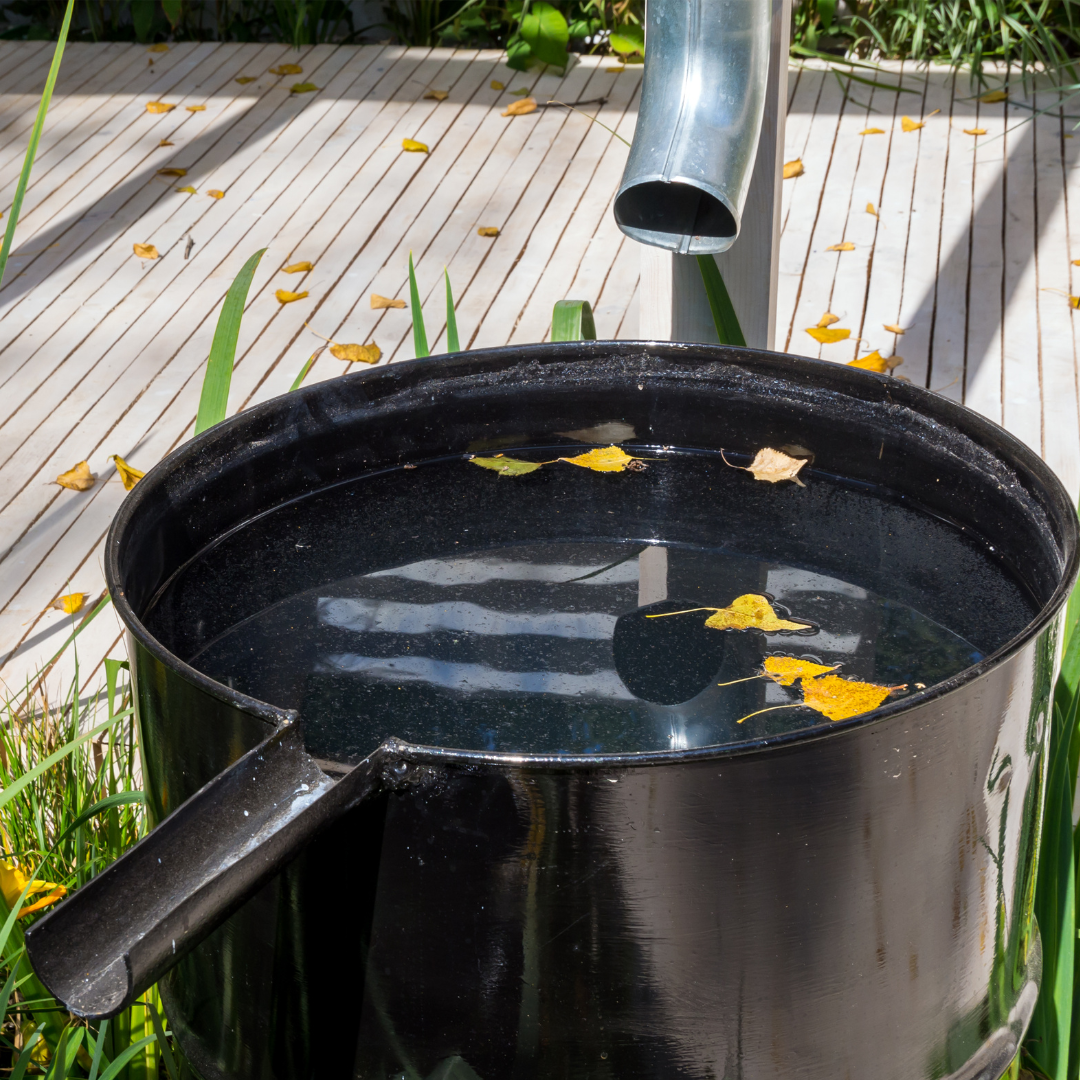
Drip Irrigation:
Use drip irrigation systems to deliver water directly to the base of plants, minimizing water loss through evaporation and runoff.
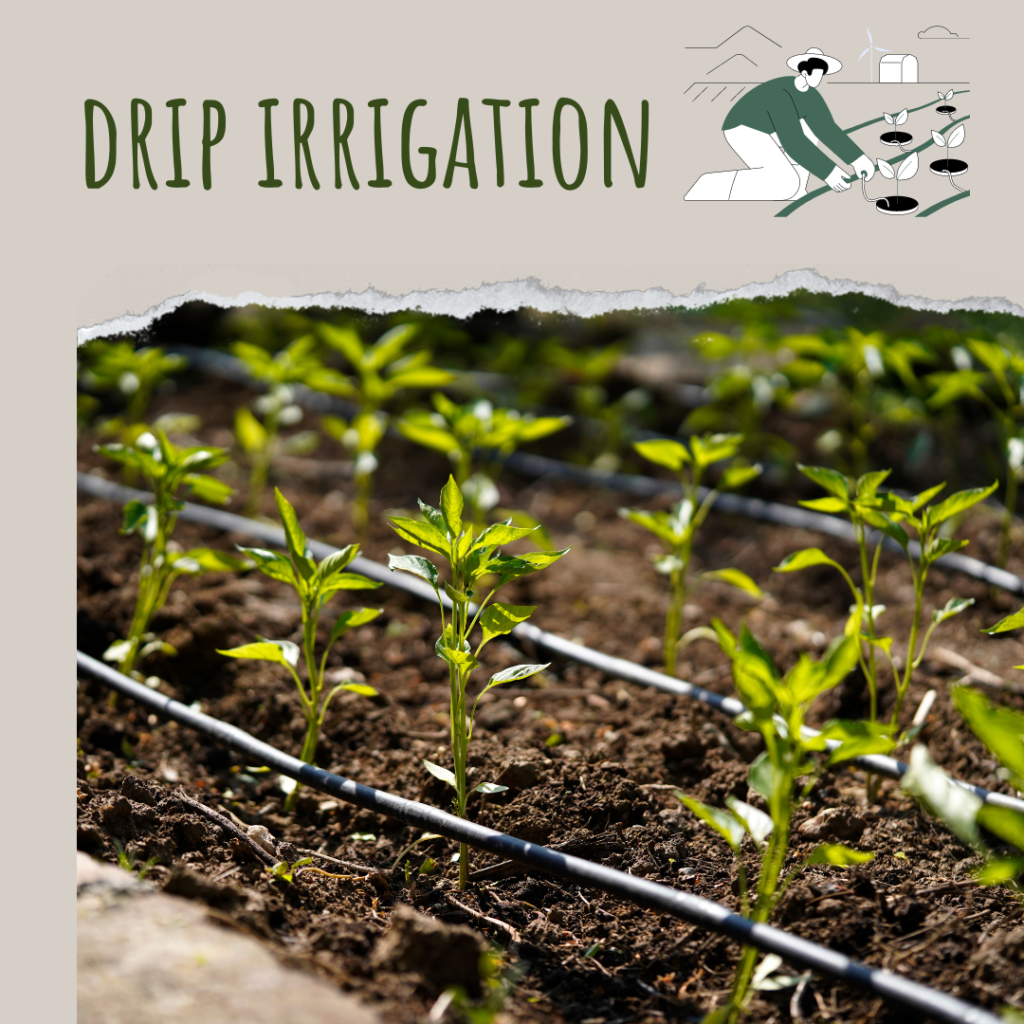
Organic Pest Control
Organic pest control methods are essential for maintaining a healthy and sustainable kitchen garden while minimizing harm to the environment and beneficial insects.

Let’s explore the practice of companion planting for pest management:
Companion Planting for Pest Management:
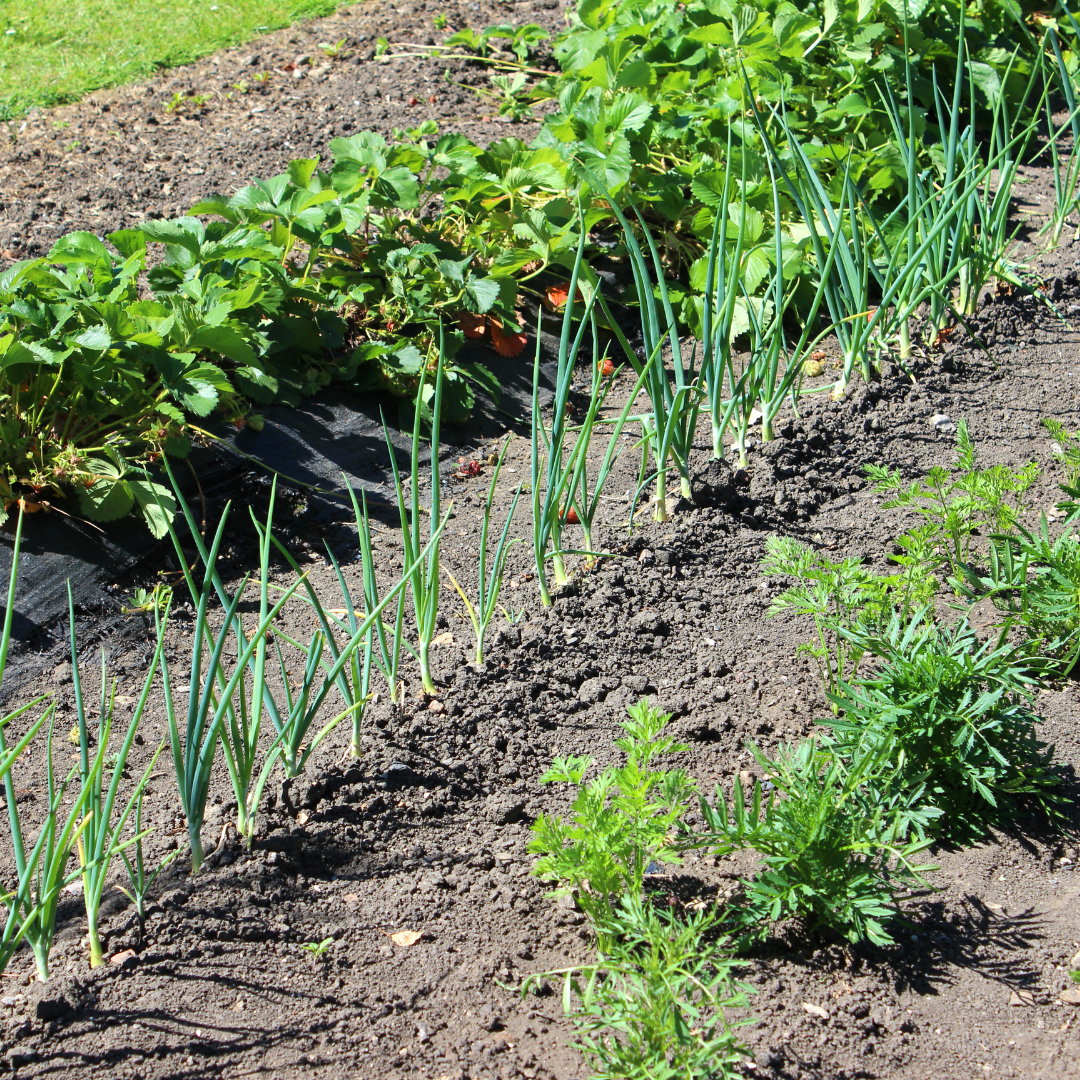
Repellent Plants: Some plants naturally repel pests with their strong odors or chemical compounds. For example, marigolds repel nematodes, while garlic and onions deter aphids and other insects.
Attractant Plants: Plant flowers and herbs that attract beneficial insects to the garden, such as dill, fennel, and yarrow, which attract pollinators and predators of common garden pests.
Complementary Planting: Pairing compatible plant species together can help deter pests and promote overall garden health. For example, planting basil near tomatoes can improve tomato flavor and repel tomato hornworms.
Crop Rotation: Rotate crops each season to disrupt pest life cycles and reduce the buildup of pest populations in the soil. Crop rotation also helps maintain soil fertility and prevent nutrient depletion.
Sustainable Seed Saving
Seed saving is a time-honored practice that allows gardeners to preserve heirloom varieties, adapt crops to local growing conditions, and maintain genetic diversity in the kitchen garden.

Seed saving is a cherished tradition among gardeners, offering a multitude of benefits for both the garden and the gardener.
One of the primary advantages of seed saving is the preservation of genetic diversity within plant species.
Successful seed saving requires attention to detail and adherence to best practices. Gardeners should ensure that seeds are thoroughly dried before storage to prevent mold and maintain viability.
Conducting germination tests before planting saved seeds helps verify their viability and ensures successful germination rates.
Let’s explore the benefits of seed saving, how to save seeds from kitchen garden plants, and tips for successful seed saving:

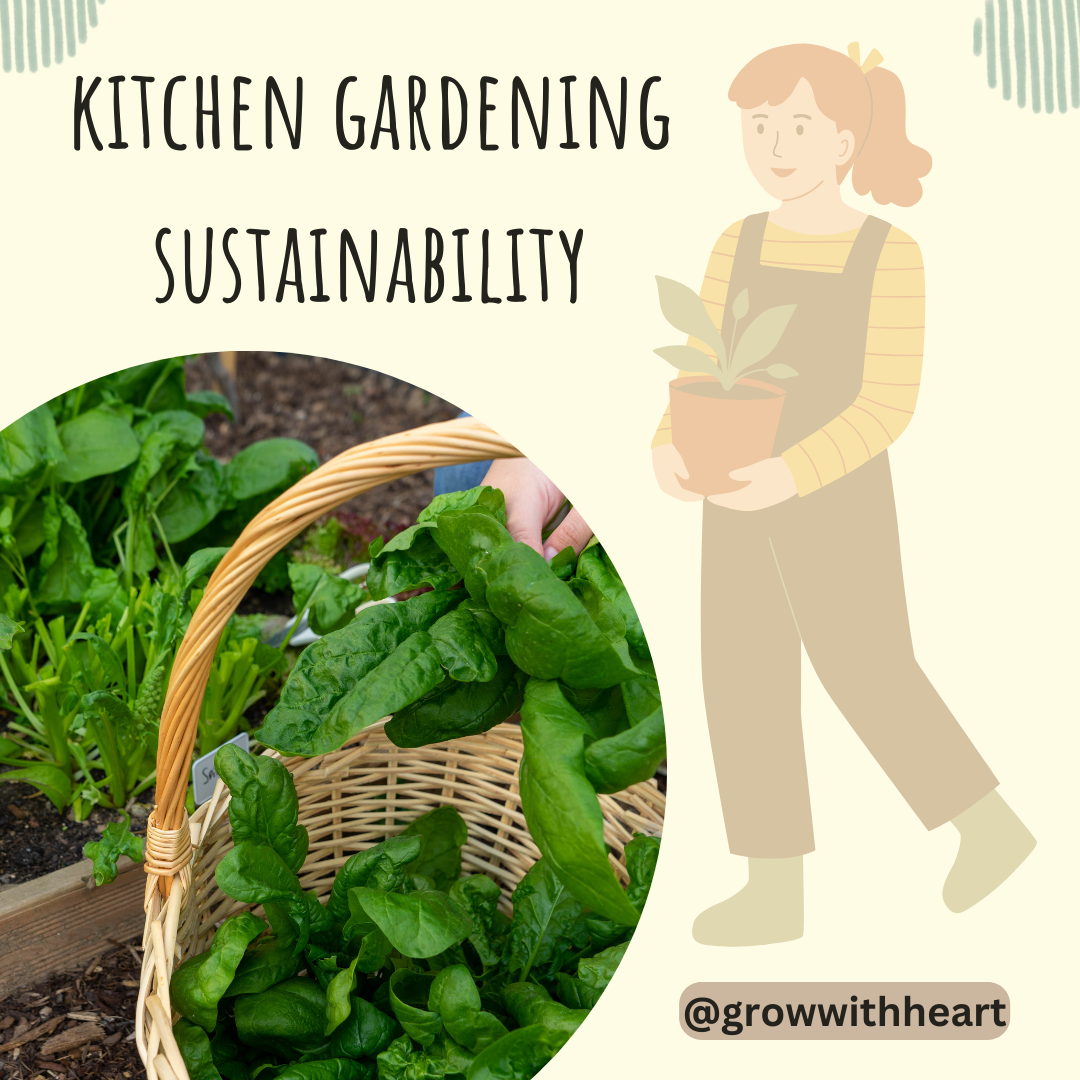

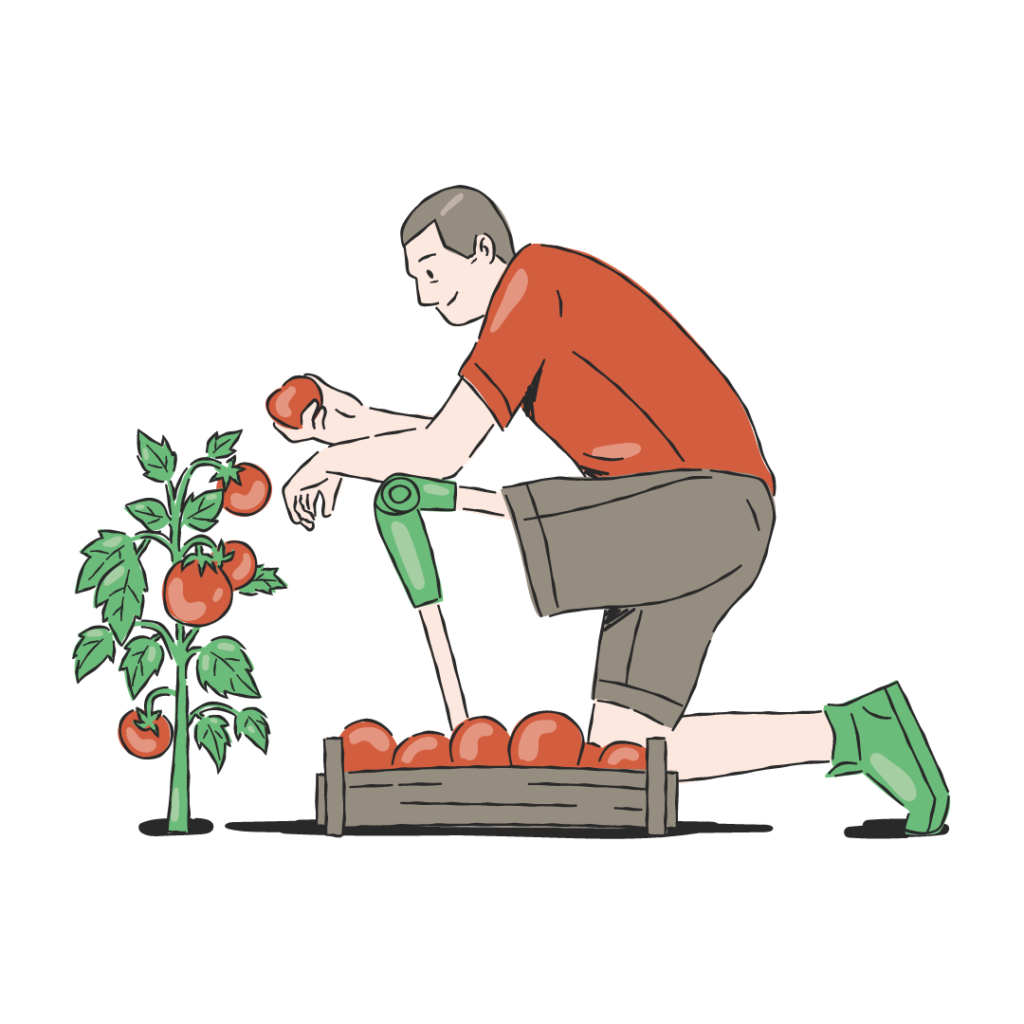
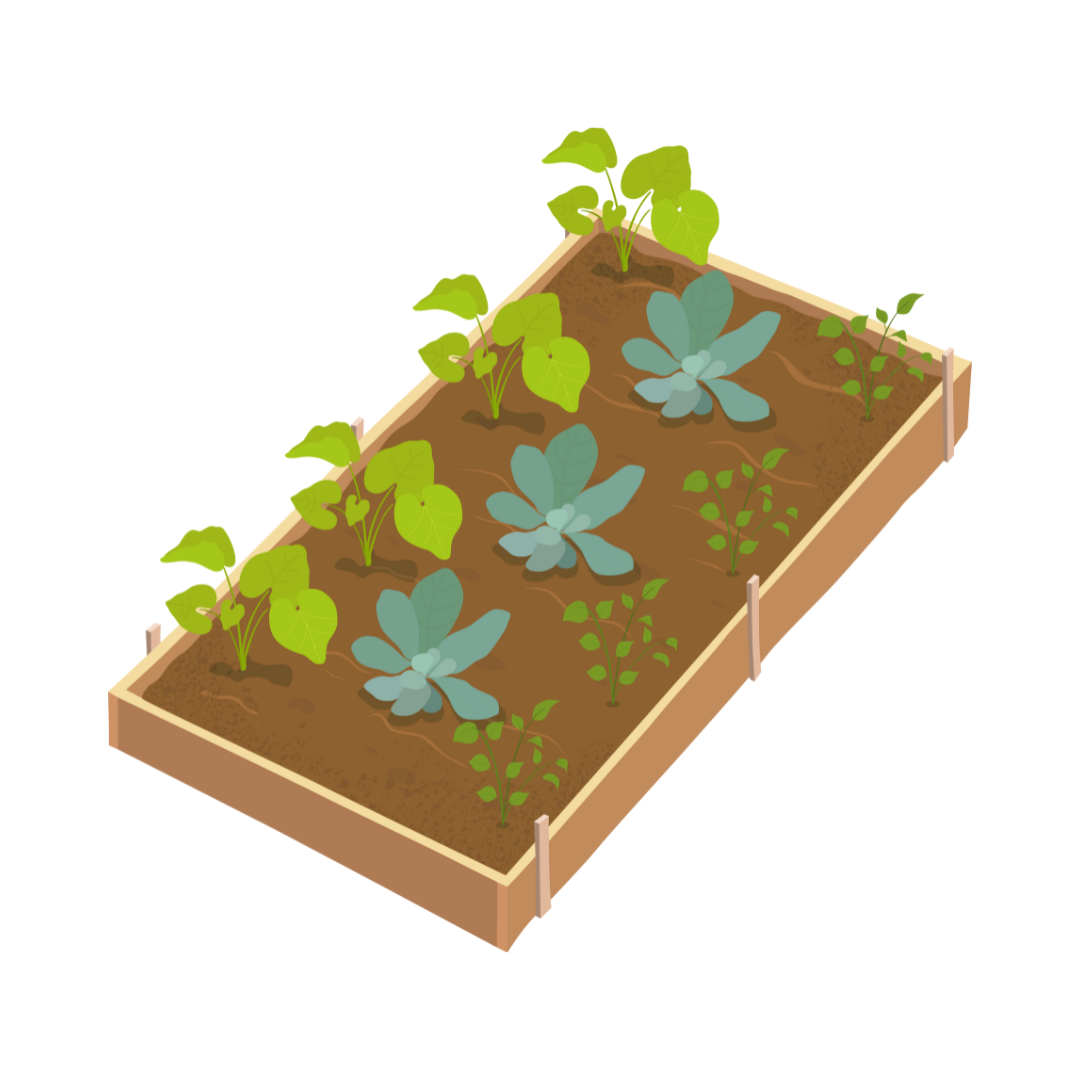
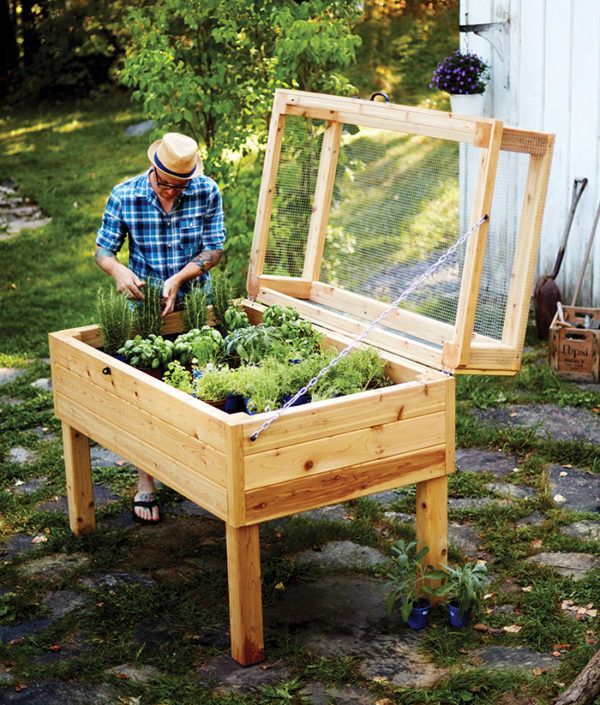
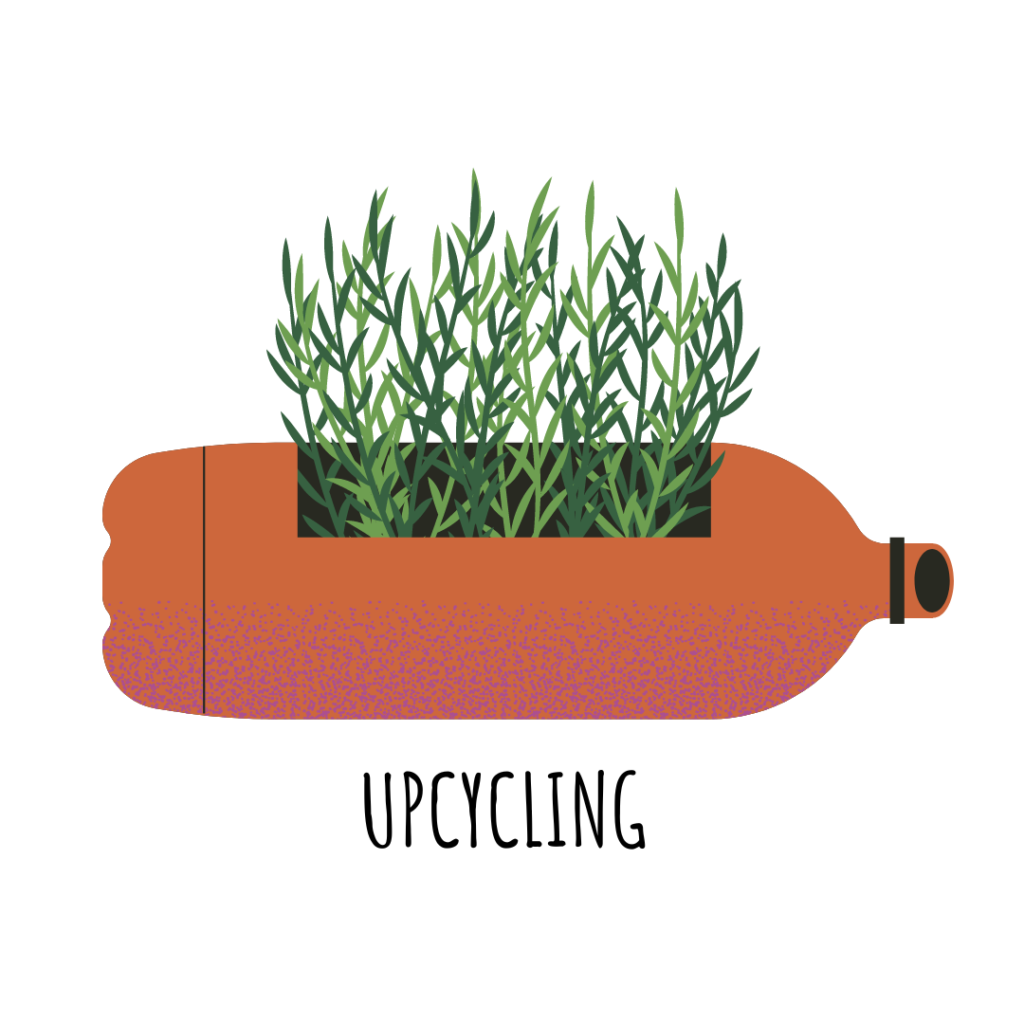
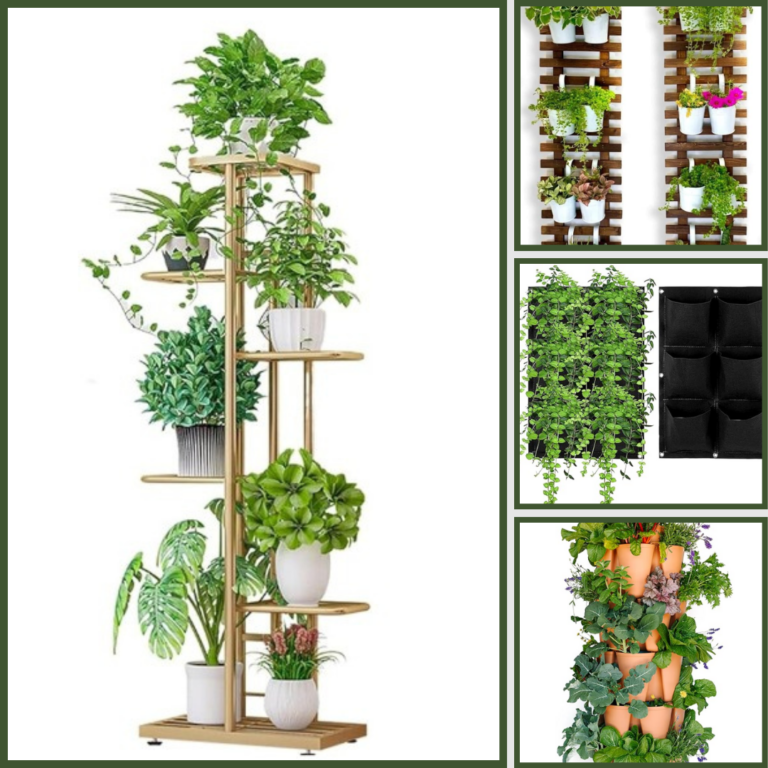
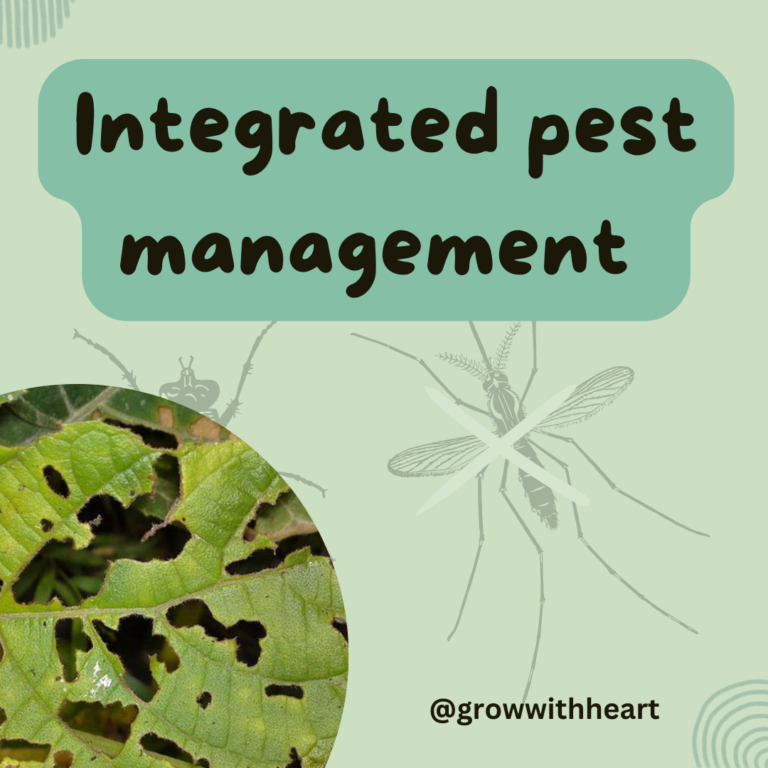

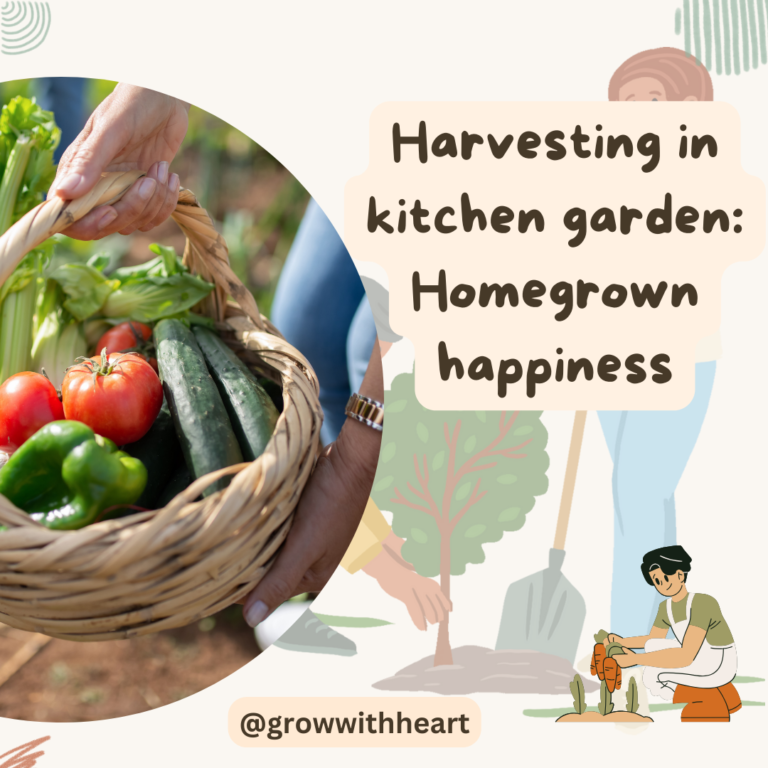
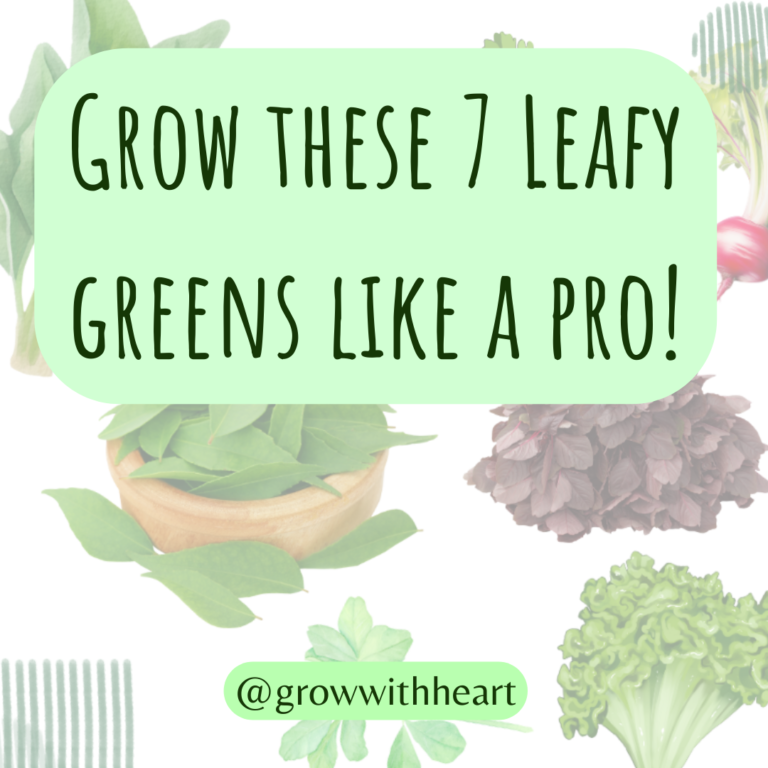

One Comment